Nikon Coolpix S9300 Review
Nikon Coolpix S9300
The S9300 is a high-speed, long-zoom compact camera. But is that enough?
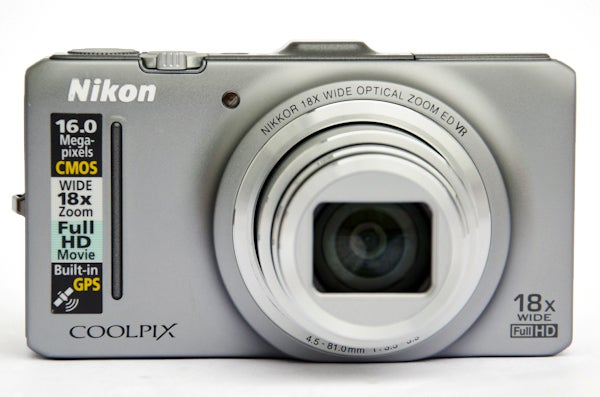
Verdict
Pros
- Stylish, well-built and easy to use
- 18x optical zoom offers plenty of flexibility
- Useful/fun high-speed shooting modes
- Excellent screen quality
Cons
- Telephoto reach not quite up there with its rivals
- No Raw recording
- Image quality not up to that of its rivals
Key Specifications
- Review Price: £220.00
- 1/2.3inch 16MP backlit CMOS sensor
- 18x optical zoom (35mm equivalent of 25-450mm)
- ISO 125 - 3200
- 1080p Full HD video recording at 30fps
- High-speed still image/movie modes
- 3in, 921k-dot LCD monitor
The Nikon S9300 is Nikon’s flagship travel compact as as such its highlights include: a 18x optical zoom with built in Vibration Reduction image stabilisation technology; a 16MP backside-illuminated sensor; a sensitivity range of ISO range of ISO 125-3200; Full 1080p HD movie recording at 30fps; a range of high-speed shooting and movie recording modes; a one-touch panoramic creation mode; a small selection of digital filters; a high resolution 3in, 921k-dot LCD monitor; a range of in-camera editing tools and, last but not least, built-in GPS/Digital Compass functionality. While that certainly sounds like a pretty full feature set, the travel zoom market is fiercely competitive at the moment, with all of the major manufacturers offering their own distinctive takes on the genre. So what, if anything, sets the Nikon S9300 apart and is it enough to lift it above its main rivals?
At its heart the S9300 is built around a 1/2.3in backside-illuminated CMOS sensor that produces 16MP of effective resolution. This is combined with a Nikon EXPEED C2 image processor that’s able to shoot at a maximum 7fps at full resolution, or up to 120fps at VGA quality (640 x 480 pixels). Sensitivity ranges from ISO 125 to 3200, which puts it on a par with the Canon SX260HS, Samsung WB850F and Lumix TZ30, although the Sony HX20V and Fujifilm F770EXR can go slightly higher at ISO 12,800 (albeit at reduced resolutions).
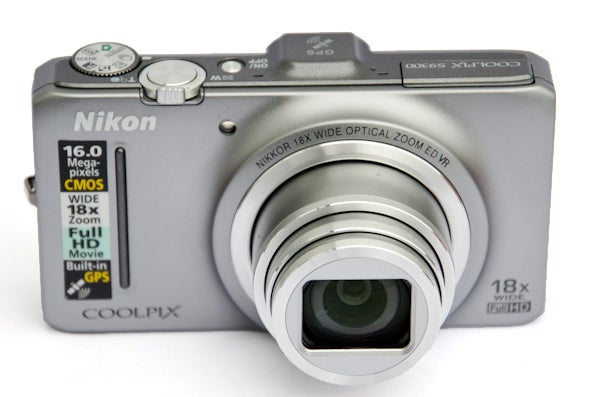
The S9300’s 18x optical zoom is constructed from 11 elements in 10 groups and offers the 35mm focal range equivalent of 25-450mm. While the S9300’s 18x zoom doesn’t offer quite as much telephoto reach as the 20x zooms found on most of its direct competitors, its 25mm wideangle setting is on a par with just about all of them. Indeed, only the Samsung WB850F, at 21mm, is wider. Maximum aperture is a fairly standard f/3.5 at 25mm, rising incrementally to f/5.9 at 450mm while minimum focus distances start off at 50cm at 25mm, rising to around 1.5m at 450mm. Thankfully, there’s also a handy Macro setting that allows you to get as close as 4cm from your subject.
The zoom is controlled by a rocker switch that surrounds the shutter release and this affords fairly good control; feathering the zoom control as lightly as we could we counted around 20 individual steps in between the wideangle and telephoto extremes. When shooting at extended telephoto settings, or indeed at slower shutter speeds, the S9300 features Nikon’s generally reliable Vibration Reduction anti-shake technology, which is designed to help keep your images sharp at settings where otherwise some blurring might occur.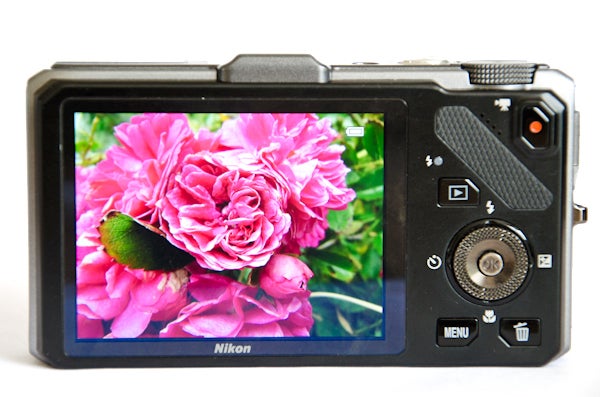
Exposure modes are all of the fully automatic variety, however there’s a fairly generous spread of exposure options available, with a generous selection of super-speedy continuous shooting and multiple capture options proving to be the S900’s trump cards. There’s no basic Program mode as such, however the standard Automatic mode does allow you to alter some shooting settings including ISO, White Balance and, unusually for a camera of this type, AF Area and AF Mode.
The automatic Scene selector mode simplifies things all the way down to point-and-shoot proportions with the camera deciding all settings, allowing you only to choose the image size you want. In addition, there are also 17 individually selectable Scene modes, including a useful one-touch Panoramic mode that can record 180- or 360-degree panoramas from a single sweep of the camera. You’ll also find a 3D still image option here should you want to shoot 3D images for playback on a compatible screen.
Next to the Automatic, Scene and automatic Scene recognition modes, you’ll find a host of exposure modes Nikon has deemed important enough to get their own slot on the mode dial, namely: Night Landscape, Backlighting and Smart Portrait. The first two of these are largely predicated on the S9300’s speedy shooting abilities, allowing you to shoot multiple images which the camera then combines into a single image for better overall quality and less noise than might otherwise be possible. Smart Portrait, meanwhile, makes use of the camera’s face detection technology to prioritise people in complex scenes. 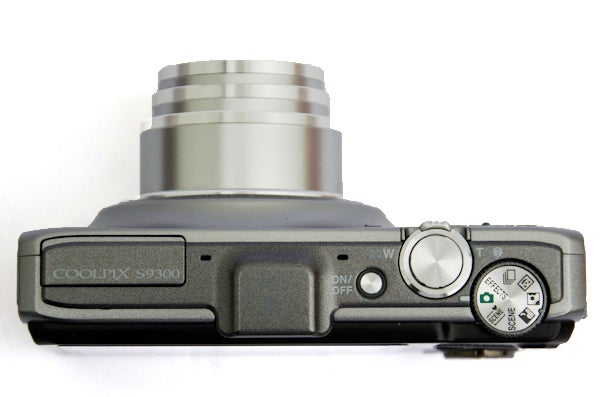
Given the S9300’s speedy shooting abilities Nikon has given a dedicated spot on the exposure mode dial to all of the individual sub-modes this makes possible, namely: Continuous (high and low); a Pre-shooting Cache mode that essentially starts recording images before you’ve fully depressed the shutter release; two super quick 60/120fps Continuous modes (that shoot at 1MP and VGA resolution respectively); a Best Shot Selector that records multiple images and then selects what the camera considers to be the best five images; and, last but not least, a Multi Shot 16 mode that shoots 16 images and displays them all together in a 4×4 grid.
Given the importance of movie capture to digital cameras these days – especially to pocketable travel compacts like the S9300 – it comes as no great surprise to find that the S9300 is able to record high definition movies at a maximum quality setting of 1080p Full HD at 30fps, which is further complemented by 720p HD – also at 30fps. In addition there’s also an iFrame (960×540 at 30fps) setting for easy movie editing on Apple computers, plus a standard definition (640 x 480) quality option. Should you want to record high-speed movies for slow motion playback then the S9300 offers a choice of 60fps and 120fps recording, although resolution does take a pretty hefty knock at both of the high-speed settings. Movie files are recorded in the computer friendly MPEG4 (H.264) format with sound recorded in stereo.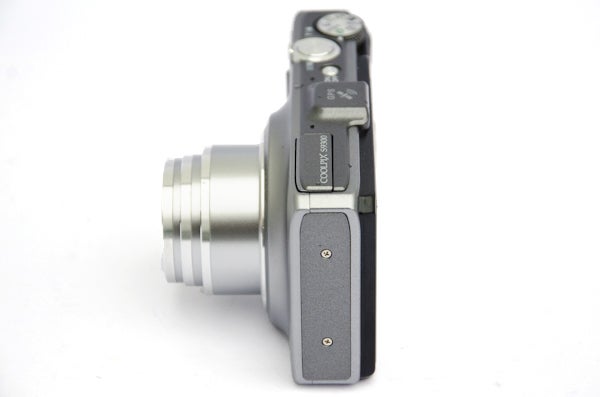
Overall construction is pretty good with the outer shell of the S9300 constructed from a mix of metal and tough plastic. In the hand the camera feels pretty solid, with a reassuring weightiness to it as well. In terms of size, the 18x zoom does mean that its overall dimensions are a little larger than a regular short-zoomed compact, however it still remains small enough overall to easily slip inside a coat pocket, or even a larger trouser pocket. 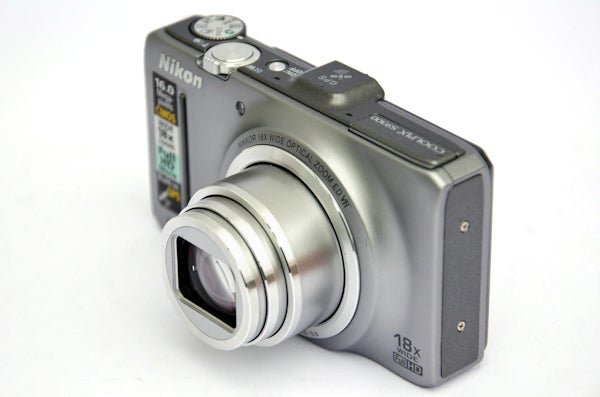
As is common with Nikon compacts a riased ridge on the front of the camera body acts as a makeshift finger grip. While it does help to give the camera a clean look it’s not particularly pronounced nor particularly grippy. That said it does give you something to (just about) brace your middle finger against, which is surely better than nothing at all. Thankfully the large rubberised thumb grip on the back does go some way towards improving overall grip. There is, of course, an eyelet on the side of the camera for attaching a wrist-strap that should ensure no harm comes to the camera should the camera slip from your grasp. As always, our advice is to use it.
Nikon has done a goo job keeping button clutter to a minimum. In total there are only four buttons on the back, all of which fall within easy reach. The directional-pad is surrounded by a control wheel (in the style of Canon), which makes easy work of navigating through menus. Speaking of the in-camera menus, the S9300 sports the usual unfussy menu system that has become something of a Nikon trademark so finding and selecting what you want using the D-pad, control wheel and OK button becomes second nature before long.
As with many compact cameras performance is something of a mixed bag. On the plus side, the camera switches on and is ready to shoot in at a fraction under 3.5seconds. Autofocus is pretty snappy too, at least when the camera is being used in good light. Used in dim to dark conditions, however, and the S9300’s contrast-detect AF module does begin to struggle – although this is fairly normal for a camera of this type and price.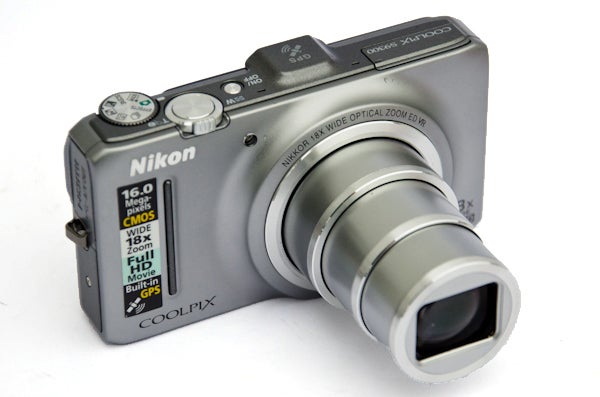
The camera offers a good range of AF options including a user-controlled Single-point option that lets you position the AF point wherever you want on the screen, with relatively good coverage available from the 99 points. In addition, there are also Center AF, multi-point Automatic, Subject Tracking and Face Priority AF options to choose from.
Used in Single-shot drive mode we managed to reel off six images within a 10-second timeframe, which equates to a framerate of 0.6fps. Shooting full-res JPEGs using the Continuous (High) setting the camera is able to reel off a fairly impressive 7fps, however the camera does lock up after seven images have been captured. From here it takes seven seconds to process all of the captured images during which time you’re unable to shoot any more images. With the camera set to Continuous (Low) the framerate drops to around 2.5fps. Processing times when using any of the camera’s multiple-shot features (for example, the HDR-like Backlighting mode) are a little on the long side too.
Battery performance is a little on the poor side too, and certainly isn’t helped by keeping the battery-sapping GPS switched on at all times. Even with it switched off though, we struggled to get 250 shots from a single charge. The actual GPS performance isn’t bad, although lock-on times will of course depend on atmospheric conditions and the number of satellites in view at any given time. The digital compass, while arguably a bit of a gimmick, is a nice touch too.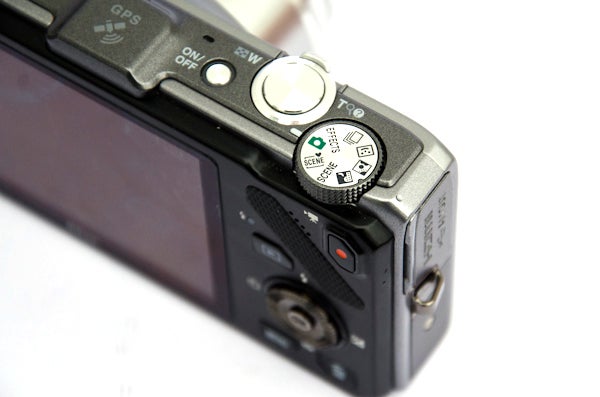
Sadly, we have to report that we were actually slightly disappointed with overall image quality, with our main gripe being a lack of consistency with regards to general image sharpness and rendering of detail. All too often images displayed a displeasing softness, along with the trademark smearing of fine detail that’s admittedly common to many small-sensor cameras with densely populated sensors. Even Nikon’s generally effective Vibration Reduction anti-blur seemed unable to solve the issue, meaning we were left with more than our fair share of slightly soft images.
On the plus side though metering is generally quite accurate and we didn’t notice any particular tendency for the camera to either under or over-expose. Even lighting conditions certainly help in this respect, but in the high-contrast scenes we shot we were generally quite impressed with the S9300’s ability to tread a consistent line between hightlight retention and shadow detail.
Unusually for a camera of this type and price, there are no preset JPEG processing options (what Nikon calls ‘Picture Controls’) to choose from either, which essentially means that the colour, tone, contrast and sharpness of images shot by the S9300 are delivered on ‘a one size fits all’ basis. Hopefully Nikon will rectify this with any future models so that you can easily alter the look of your images to better suit the subject.
As things stand the S9300 delivers fairly lifelike colour (for those familiar with Nikon cameras think ‘Standard’ Picture Control setting) along with generally acceptable levels of contrast. You can always boost things in a digital darkroom using dedicated image editing software of course, although the fact that the S9300 is JPEG-only does limit your scope to process your images.
ISO performance is pretty much in keeping with what we might have expected, which is to say good at the lowest settings but not-so-good at the higher ones. At ISO 125 and ISO 200 the S9300 produces images with no visibly intrusive noise, although by ISO 400 some image degradation begins to take hold with a slight softening of detail, even when images are viewed at less than 100%. This becomes more pronounced at ISO 800 and by ISO 1600 images have become noticeably soft. The top setting of ISO 3200 produces fairly noisy images with a clearly visible lack of detail and loss of saturation. Automatic white balance performs well outdoors in natural light, although indoors under mixed lighting it does become easy to fool, resulting in slightly cold images, often with a displeasing colour cast.
Verdict
While the S9300’s 18x optic is a little lacking in zoom power compared to its 20x rivals, the camera does distinguish itself in other areas – most notably with its high-speed shooting abilities. Sadly this is somewhat undone by image quality though, which isn’t as good as that produced by some of its rivals. Overall then, while the S9300 certainly has its merits, it’s not quite enough to keep up with the competition.

ISO 125

ISO 200

ISO 400

ISO 800

ISO 1600
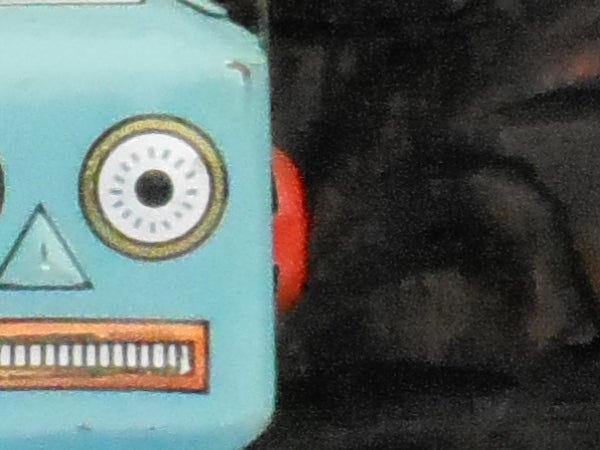
ISO 3200
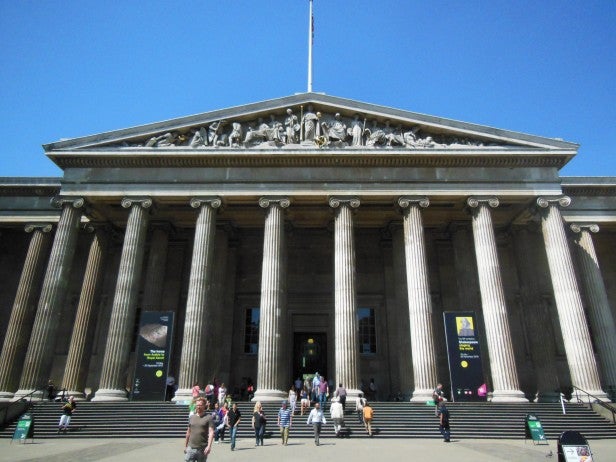
At 25mm the S9300 is able to capture a fairly wide scene.
(1/1250sec @ f/7, ISO 800, 25mm, AWB)

While at 450mm, the camera can also be used to hone in on individual details within the same scene.
(1/1250sec @ f/5.9, ISO 800, 450mm, AWB)
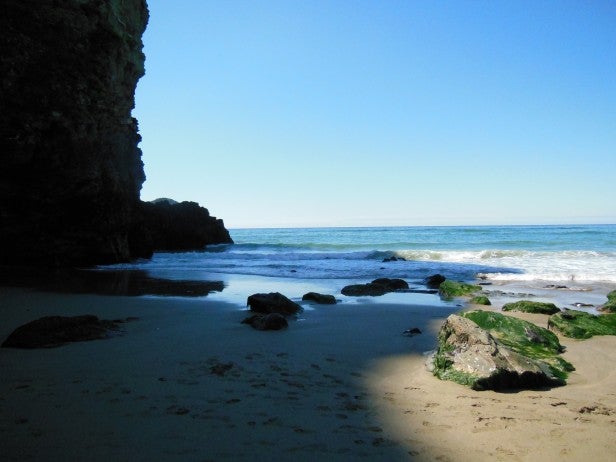
Metering is generally pretty accurate – even in high-contrast scenes like this.
(1/1250sec @ f/7, ISO 800, 25mm, AWB)
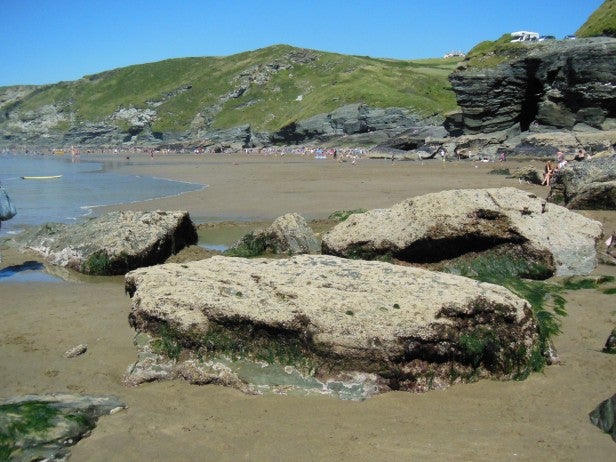
Detail and sharpness aren’t always that great, despite the presence of Nikon’s Vibration Reduction technology.
(1/1500sec @ f/8.2, ISO 200, 39mm, AWB)
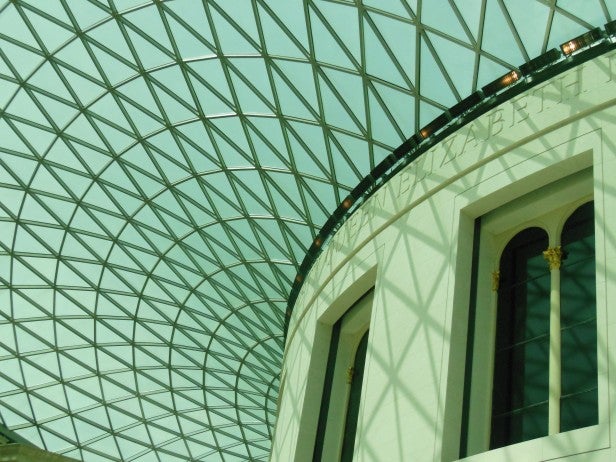
Automatic white balance is also easily fooled, especially under mixed natural/artificial lighting.
(1/150sec @ f/5, ISO 400, 106mm, AWB)
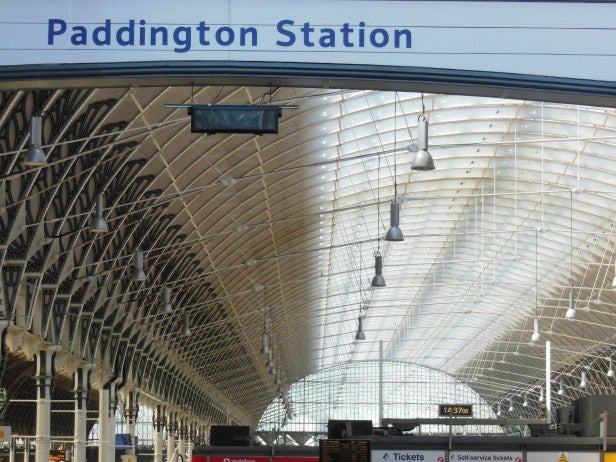
It’s not all bad though and the S9300 can deliver quite pleasing results.
(1/500sec @ f/5.7, ISO 400, 106mm, AWB)

The one-touch Panoramic mode (located in the Scene mode sub-menu) is a fun mode to use.
(1/2000sec @ f/7.4, ISO 125, AWB, Panoramic)
Trusted Score
Score in detail
-
Value 7
-
Design & Features 8
-
Image Quality 7
-
Build Quality 8

